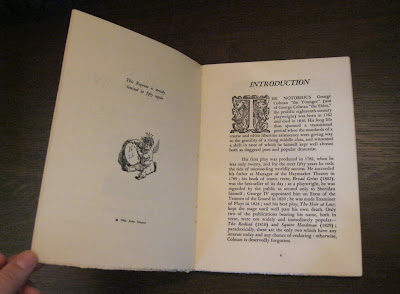
The pseudonymous Fetish Girl was Glassco's last pornographic novel. Its heroine is Ursula, a "pretty long-legged bitch of wide and varied experience." A sympathetic figure, the poor girl lives in frustration, due entirely to her inability to find a man who shares her fixation on things rubber. This, the reader is reminded, is in the days before the World Wide Web. Fortune changes, as it often does, while on vacation. Lounging beside a motel swimming pool, Ursula spots Adrian, an effeminate man sporting black latex trunks. The die is cast when he dons a tight fitting rubber bathing cap. Let the fun begin!
Glassco placed Fetish Girl with Harriet Marwood, Governess as his favourite piece of writing, in part due to ease of composition. However, as publication approached, he struggled with the dedication. Glassco's desire was to pay tribute to his new love Marion McCormick, who would become his second wife, but he knew that she would not appreciate having her name associated with a work of pornography. In the end, the pornographer dedicated the book to himself, because, as he wrote friend Leon Edel, "I am getting on in years and no one ever dedicated a book to me."




Where twelve years earlier he'd hidden his authorship of The English Governess, Glassco was quite open about Fetish Girl. He looked forward to its publication, touting it as the very first rubber fetish novel. I don't doubt that he believed this to be the truth. In fact, he'd already lost the race to Paul Hugo Little who, as "Lana Preston", had had his book Rubber Goddess published in 1967 by Cleveland's Corsair Books.

Fetish Girl was published in 1972 by Venus Library, an imprint of Grove Press. Glassco hated the thing before he ever set eyes on it, complaining to a confidant: "A friend in New York tells me it has a rather stupid illustrated cover of a girl in wet clothes coming out of the ocean – which is not what the book is about at all!"
Still, his irritation didn't prevent his keeping copies, one of which is inscribed in his hand: "And once again to Buffy from Sylvia".

The novel was reissued in 2001 by Blue Moon – sadly, without the dedication. It's currently available from olympiapress.com – one of four Glassco works it offers without the permission of his estate.
Shameful, really.








